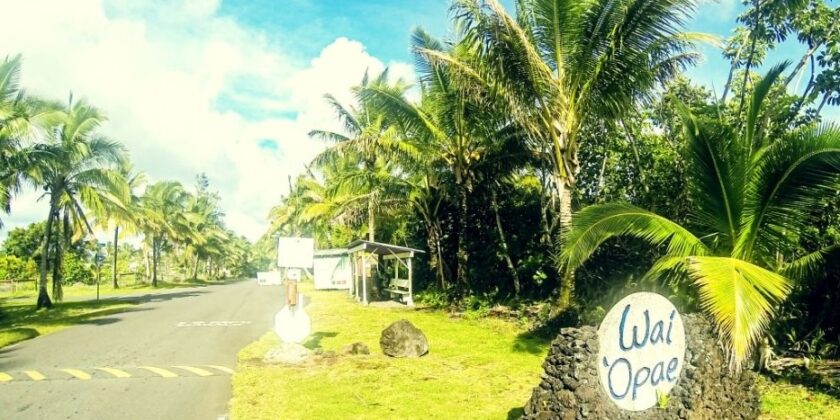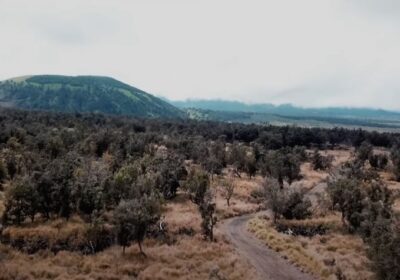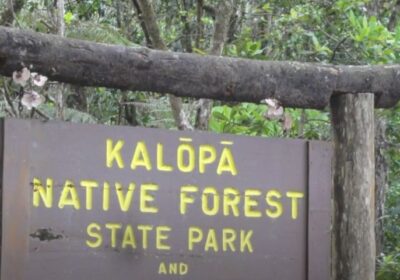Kapoho Tide Pools: One of the Most Beautiful Hidden Gems on the Big Island of Hawaii

The Big Island of Hawaii is full of wonders, but few places are as magical—or as hidden—as the Waiʻōpae Tide Pools were, also known as the Kapoho Tide Pools. Located along the island’s eastern Puna coastline, this secluded treasure was once a thriving haven for snorkelers, marine life enthusiasts, and travelers seeking off-the-beaten-path things to do on the Big Island.
Though lost in the 2018 Kīlauea volcanic eruption, the memory of Waiʻōpae remains deeply cherished by locals and visitors alike.
A Hidden Paradise in Puna, Hawaii

If you were lucky enough to explore Puna before the eruption, you might remember the journey to Kapoho Tide Pools Hawaii. As the sun kissed the horizon, you would trek over ancient lava rock, each step connecting you to the island’s volcanic soul. A salty breeze hinted at adventure, and just beyond the jagged shoreline, a breathtaking sight would emerge—the crystalline tide pools of Waiʻōpae.
Carved by old lava flows, these natural pools created a calm, protected environment perfect for snorkeling on the Big Island of Hawaii. Waiʻōpae was a favorite for families, nature lovers, and travelers looking for budget-friendly snorkeling spots near Hilo.
Snorkeling at Kapoho Tide Pools: A Living Aquarium

Standing at the edge of the pools, you couldn’t help but be amazed. The waters shimmered like glass, revealing coral gardens painted in pink, orange, and emerald green. Marine life on the Big Island thrived here: butterflyfish, Moorish idols, colorful triggerfish, and even the occasional sea turtle glided through the basins.
“I remember my first snorkeling experience there,” a local tour guide recalled. “A curious triggerfish swam right up to me like the ocean was saying ‘welcome.’”
This spot was among the best snorkeling spots on the Big Island, especially for beginners or those hoping to spot sea turtles in Hawaii. The pools offered exceptional visibility and calm conditions, making every swim feel like stepping into a living aquarium.
Kapoho Tide Pools Were A Geological and Ecological Wonder

What made the Waiʻōpae Tide Pools truly special wasn’t just the marine life—it was the story beneath your feet. These pools were formed by ancient lava flows that shaped a natural labyrinth of shallow basins. The volcanic rock told tales of past eruptions, while the coral growth represented decades of slow, delicate life.
This powerful intersection of land and sea, of destruction and creation, made the area one of the most unforgettable hidden gems of the Big Island.
The 2018 Kīlauea Eruption: A Place Lost, A Memory Preserved

In 2018, lava from Kīlauea volcano surged through lower Puna, devastating entire communities—including Kapoho. The lava flow covered the tide pools, transforming the landscape and burying this beloved snorkeling sanctuary beneath molten rock.
For many, the question still lingers: What happened to the Kapoho Tide Pools? Sadly, they no longer exist—but their memory endures.
Though you can’t visit Waiʻōpae today, the impact of this place on hearts and minds remains. It reminds us that Hawaii is alive—constantly changing, creating, and reclaiming.
Honoring Kapoho Tide Pools

Waiʻōpae was more than a destination—it was an experience, a connection, and a lesson in nature’s beauty and power. While snorkeling in Hawaii continues to draw adventurers to other spots like Two Step at Hōnaunau or Kealakekua Bay, Waiʻōpae remains unmatched in the memories it created.
Did you ever visit the Kapoho Tide Pools? Share your story in the comments—we’d love to hear how this incredible place touched your life.
Recommended snorkeling alternatives to the Kapoho (Waiʻōpae) Tide Pools
Here’s a list of recommended snorkeling alternatives to the Kapoho (Waiʻōpae) Tide Pools on the Big Island of Hawaii, each offering unique underwater experiences and marine life viewing:
Two Step at Hōnaunau Bay (South Kona)
- Why go: Calm, clear waters, easy ocean access via natural “steps” in the lava rock.
- Highlights: Abundant coral, sea turtles, spinner dolphins, and reef fish.
- Nearby: Puʻuhonua o Hōnaunau National Historical Park.
Kealakekua Bay (Captain Cook)
- Why go: Kealakekua Bay (Captain Cook) is one of Hawaii’s most pristine marine sanctuaries, accessible by kayak or tour boat.
- Highlights: Vibrant coral reefs, tropical fish, spinner dolphins, and historical significance.
- Tip: Best visibility in the morning; consider a guided snorkel tour.
Richardson Ocean Park (Hilo side)
- Why go: Family-friendly black sand beach with protected coves for snorkeling.
- Highlights: Tide pools, sea turtles, and calm waters (especially during summer).
- Note: One of the few snorkeling spots on the windward (east) side.
Kahaluʻu Beach Park (Kailua-Kona)
- Why go: Easily accessible with shallow water and a protected reef.
- Highlights: Large schools of fish, eels, and frequent sea turtle sightings.
- Bonus: Great for beginner snorkelers and kids.
Waiʻaha Bay (Old Airport Beach Park, Kona)
- Why go: Lesser-known spot with clear water and diverse marine life.
- Highlights: Coral gardens, lava rock formations, fewer crowds.
- Access: Walk a bit from the parking lot for the best entry points.
Mauna Lani Beach (Kohala Coast)
- Why go: Calm lagoon ideal for snorkeling and swimming.
- Highlights: Fish-filled coral heads, luxurious but public-access beach.



